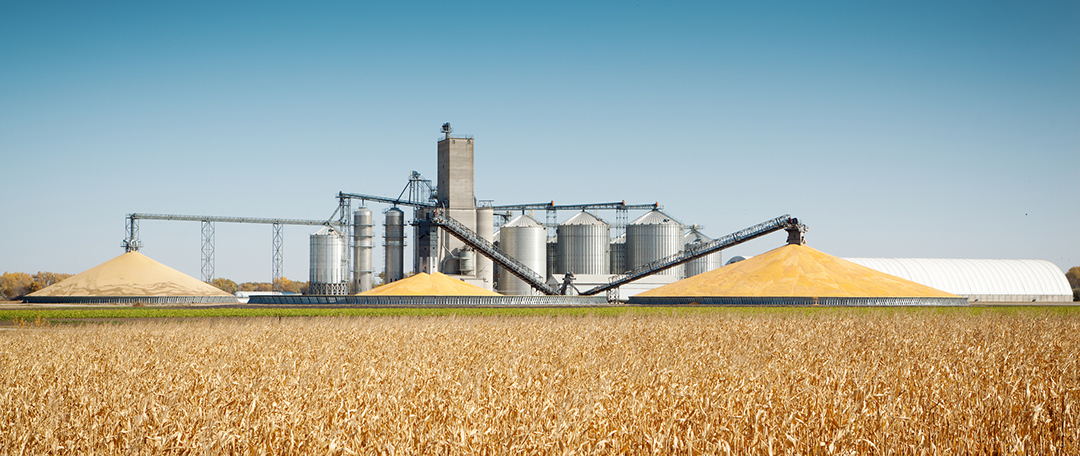China’s plan to introduce widespread biofuel use in its cars by 2020 is facing fears that the country’s ongoing trade dispute with the US will limit its access to the necessary raw materials.
The country’s growing urban middle-class population has led to an increase in car ownership – and a corresponding rise in air pollution. To address this problem, officials have been pushing for the use of more sustainable fuel blends.
China’s planned transition to E10 – petrol blended with 10% ethanol – is dependent on access to large stockpiles of corn. However, Beijing is expecting a domestic corn supply deficit of 20 million tonnes in 2018-19. This coupled with the ongoing trade dispute with the US – the world’s largest corn supplier – may mean viable alternatives have to be found.
Fuel ethers, some of which use ethanol as a feedstock, can be produced through a variety of methods. These include traditional petrochemical sources, fermented agricultural products, natural gas derivations and biomass
Fuel ethers, some of which use ethanol as a feedstock, can be produced through a variety of methods. These include traditional petrochemical sources, fermented agricultural products, natural gas derivations and biomass. This diversity of sources makes fuel ethers, such as MTBE and ETBE, less susceptible to feedstock fluctuations.
Furthermore, existing MTBE production facilities in China have the capacity to switch to making ETBE, allowing a more flexible and proactive form of petrol supply based on the relative availability of resources.
Fuel ethers also offer air quality advantages over E10. Petrol blended with MTBE reduces carbon monoxide by up to 14%, toxics by 23% and particulate matter by 1%. By comparison, studies have shown that E10 may increase toxics by up to 6% and particulate matter 2.5 by 29% when compared with a non-oxygenated fuel blend.
Their diversity of sources, combined with their ability to create cleaner-burning fuel and their compatibility with existing infrastructure and vehicles, makes fuel ethers a key tool for reducing vehicle emissions.
